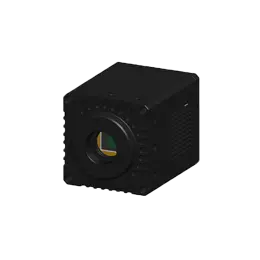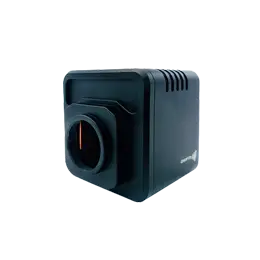Visual system is the use of machines to measure and judge instead of human eyes. The visual system refers to the conversion of the captured target into image signals through machine vision products, which are transmitted to specialized image processing systems. Based on pixel distribution, brightness, color and other information, the signals are transformed into digital signals. The image system performs various operations on these signals to extract the features of the target, and then controls the equipment action on site according to the discriminant results. It is a valuable mechanism for production, assembly or packaging. It has immeasurable value in detecting defects and preventing defective products from being delivered to consumers.
In machine vision systems, obtaining a high-quality, processable image is crucial. The success of the system depends on ensuring good image quality and clear features. Most machine vision projects fail due to poor image quality and unclear features. To ensure good images, a suitable light source must be selected.
Contrast is critical to machine vision. The most important task of the illumination used by machine vision cameras is to produce maximum contrast between the features that need to be observed and the image features that need to be ignored, making it easier to distinguish features. Contrast is defined as having enough grayscale difference between a feature and its surrounding area. Good lighting should ensure that the features that need to be detected stand out from the background.
When choosing between two light sources, it is best to choose the brighter one. When the light source is not bright enough, three bad situations may occur. First, the camera's signal-to-noise ratio is not enough. Due to the insufficient brightness of the light source, the contrast of the image is inevitably insufficient, and the possibility of noise appearing in the image increases accordingly. Secondly, when the light source is not bright enough, the aperture must be increased, thereby reducing the depth of field. Additionally, when the brightness of the light source is not sufficient, the impact of random light such as natural light on the machine vision system will be the greatest.
Another method of testing a good light source is to see if the light source has the least sensitivity to the position of the components. When the light source is placed in different areas or angles in the camera's field of view, the resulting image should not change. Directional light sources increase the possibility of specular reflection in bright areas, which is not conducive to the subsequent feature extraction.
A good light source should make the features you need to find very clear. In addition to being able to be captured by the machine vision camera, a good light source should produce maximum contrast, have sufficient brightness, and be insensitive to changes in the position of the components. Once the light source is selected, the rest of the work will be much easier. The specific method of light source selection is based on experimental experience.



